
Tactile switches are widely used in various applications due to their reliability and responsiveness. However, like any other components, they may face certain issues during use. Here are some common problems and their potential causes:
1. Inconsistent Tactile Feedback
This issue often arises due to:
Wear and Tear: Over time, the switch components may degrade, leading to less defined tactile feedback.
Contamination: Dust, dirt, or other particles can accumulate inside the switch, affecting its functionality.
2. Premature Failure
Premature failure can be caused by:
Excessive Actuation Force: Applying too much force during operation can damage the internal mechanisms.
Electrical Overstress (EOS): Voltage spikes can damage the electrical contacts inside the switch.
3. Contact Bounce
Contact bounce happens when:
Improper Contact Material: Low-quality contact materials may result in unreliable performance.
Design Flaws: Poor switch design can exacerbate bouncing effects.
4. Noise During Operation
Excessive noise could be due to:
Loose Components: Improper assembly or loosening over time.
Material Degradation: Worn-out parts producing frictional noise.
By understanding these issues, users can better select and maintain tactile switches for optimal performance. Proper design, high-quality materials, and regular maintenance are key to minimizing these problems.
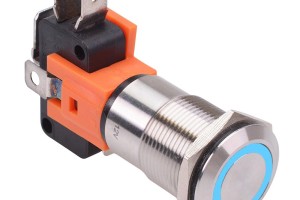
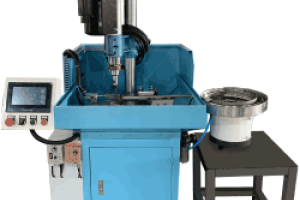
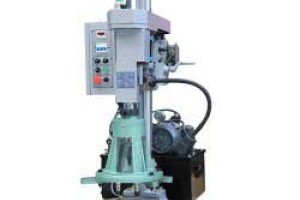
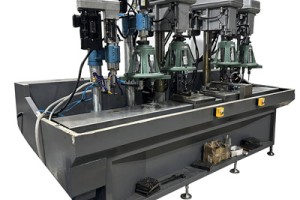
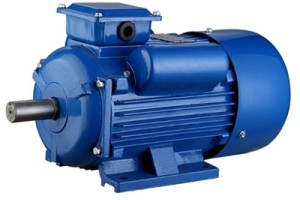
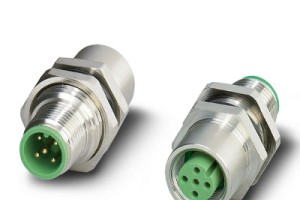

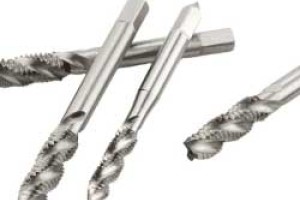
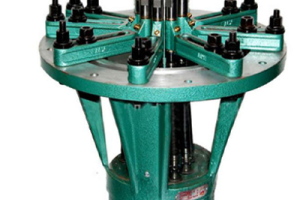
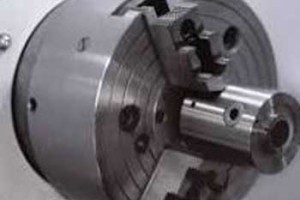
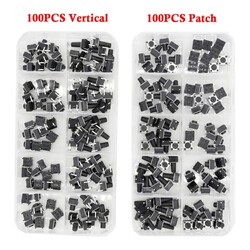
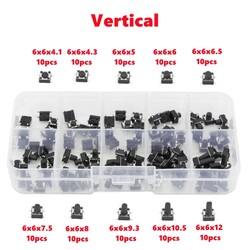
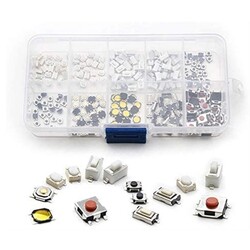
Leave a comment